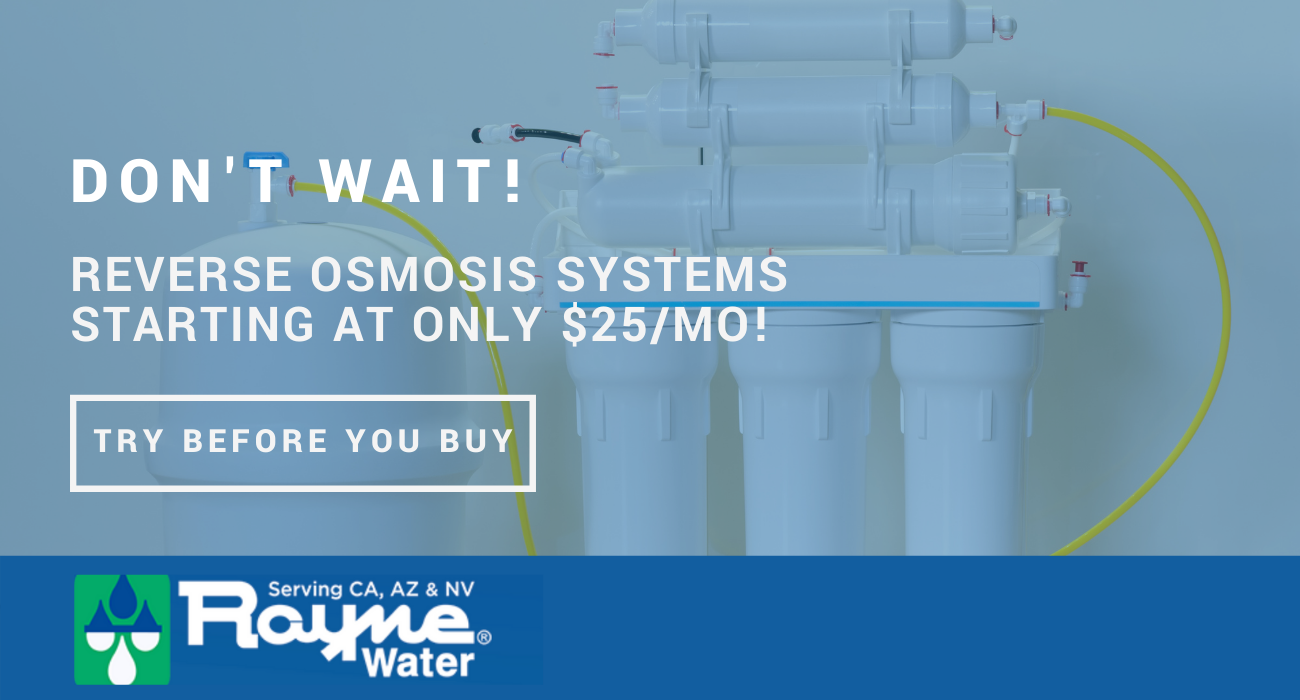Author: Ken Christopher | 7 min read | Dec 07, 2021
Most people probably feel they have bigger things to worry about than how their water travels to their faucet. But the subject is worth thinking about. There is more to ensuring your water is safe than just investing in a water softener . Where your county acquires its water and its water storage can affect your tap water’s cleanliness, quality, taste, and appearance.
So, as an Orange County resident, where does your water come from? The answer depends on whether you live in north and central Orange County or south Orange County. Since the county supplies its residents with water from local aquifers, the Colorado River, and the Sierra Nevada, the mix of water you’re supplied depends on your location.
In this comprehensive guide, we’ll cover the many sources of Orange County drinking water and how to determine whether or not your tap water is drinkable. Let’s jump in!
While it might seem logical to assume that everyone in Orange County would use the same water from the same place, this theory couldn’t be further from the truth. There is not much surface level water to utilize in Southern California. There’s a clear divide between where north and central Orange County gets their water and where south Orange County has its water supplied.
The difference largely depends on how much imported or recycled water different parts of the county receive. Since both Northern California and Southern California are currently experiencing a drought, imported and recycled water is a must since groundwater sustainability is not currently possible. But parts of the county are still supplied with local groundwater while others aren’t given groundwater levels. The breakdown is as follows:

Hearing your water source is from a river or a mountain might make you automatically assume that it’s clean. But that isn’t the case. So, is tap water safe to drink in Orange County? Well, nutrient pollution and untreated wastewater are serious pollutants commonly found in natural water sources.3 But what does that mean for you and your water?
If you live in the north and central parts of Orange County, you’re more likely to find small amounts of the following contaminants in your water due to groundwater contamination:4
On the other hand, if you reside in south Orange County, you could have small amounts of these contaminants in your imported water:
While your home’s drinking water might have different trace contaminants based on where it came from, the solution is the same. If you’re worried about what’s coming out of your tap, look for a water filtration system. The best drinking water systems will remove all the impurities from your water. It may also be beneficial to find a filtration system that’s space efficient to avoid taking needed space in your kitchen.
While these pollutants might sound concerning, we do want to reassure you that your Orange County tap water is generally safe to drink, no matter where in the county you might live. Water quality reports, from the California Department of Water, report that the county’s major cities, such as Irvine, Anaheim, Santa Ana, and Mission Viejo, have tap water that meets EPA standards.
These standards ensure that all public water systems must test and treat their water regularly for:
However, these regulations don’t require the complete elimination of these chemicals, only that they don’t exceed certain thresholds. To ensure that your water is completely free of pollutants, it might be worth investing in a home water system.
Orange County gets its drinking water from a variety of sources, from natural underground aquifers to imported tap, and the Orange County Sanitation District works hard to ensure you are safe. But, if you’re worried about potential contaminants in your tap water, you might feel as though you don’t have a lot of options.
Rayne Water is here to help. Our Reverse Osmosis Water system can completely filter your water, removing chemical and organic contaminants. We also offer space-efficient models designed to neatly fit under your sink.
Take control of your water quality today with Rayne Water.
Sources: